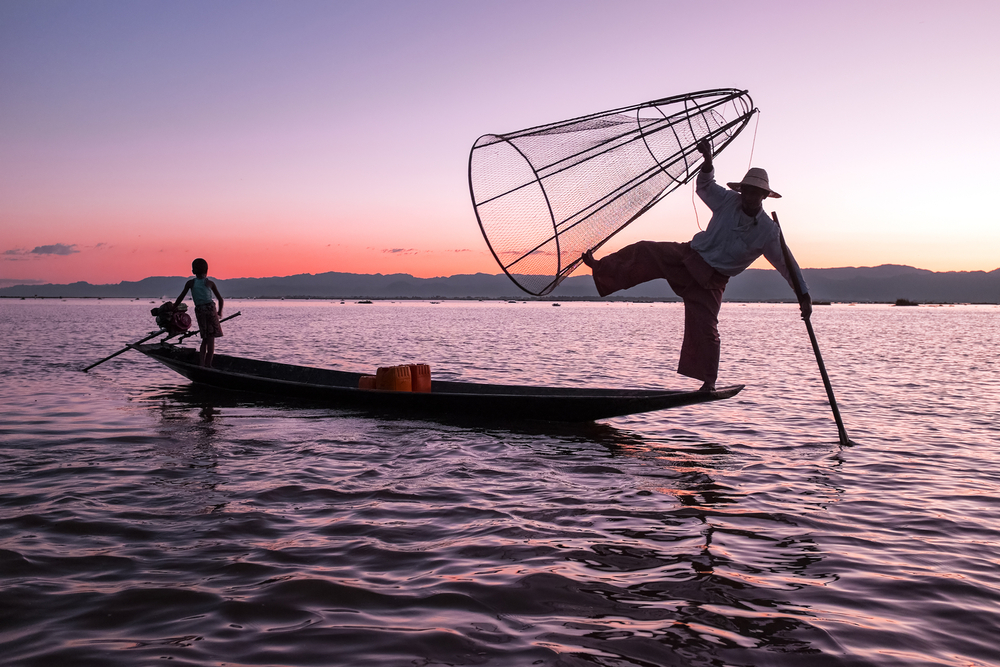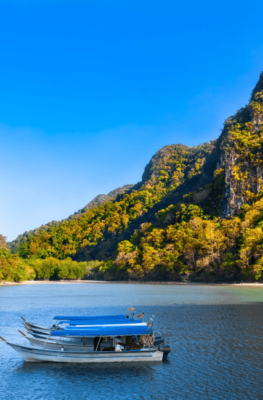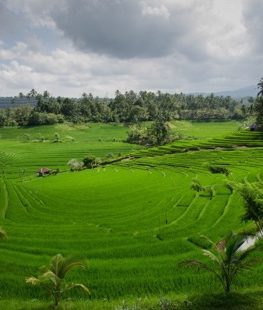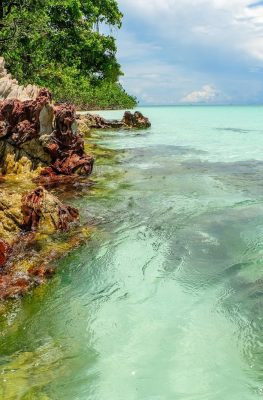Published on July 2, 2015

Tourist bungeeing in Bohol, Philippines. Image © Mike Aquino, used with permission
Is Southeast Asia safe for travelers? The answer to that should be – is any place in the world safe for travelers? While travelers in the region are relatively free from crime, disaster and armed violence, some parts must necessarily be riskier than others.
“There are a few small regions I would probably avoid because of civil unrest,” explains Nancy Parode, About.com’s resident guide for Senior Travel. “But I am not afraid to travel to Southeast Asia.” Nancy believes that the region is generally safe for travelers, but she understands the reservations that senior and “boomer” travelers may have about going too far off the beaten path.
The risks, though miniscule, are real: Western governments will occasionally warn travelers off of parts of Southeast Asia, and these warnings are watched attentively by Nancy. “What I, personally, do is read the government reports on that destination (usually the U. S., Canada, the U. K. and Australia),” she explains. “I consider myself to be an extremely cautious person, and I tend to do a lot of research before committing to a specific destination.”
Travelers to Southeast Asia shouldn’t let the risks of the region interfere with their trip – however, they shouldn’t act as if the risks don’t exist, either. Travel to the region requires both a sense of adventure and reasonable prudence.

Climbing Anak Krakatau volcano in Indonesia. Image © Mike Aquino, used with permission
Do your research. “I recommend learning as much as you can about the safety situation before you travel. This includes not only big picture issues like civil unrest but also personal safety concerns, such as pickpocketing and theft,” Nancy says. “Try to read some local newspapers in translation to figure out where crime is happening and whether I should be concerned about it. I also read travel blogs to see whether recent visitors to my destination have had any problems.”
Lower your risk profile. “You can easily minimize your risk by knowing how to protect yourself against thieves and pickpockets,” says Nancy. “I have several money belts and pouches and I use them (not all at the same time, of course). I dress conservatively, and I try to blend in wherever I travel – no shirts with slogans, no red, white and blue, no baseball caps – even in places where I can’t hide the fact that I come from somewhere else. I don’t go out late at night, especially in places where I don’t speak the local language.”
Mind the region’s natural risks. “I consider weather and natural disaster issues,” Nancy tells us. Smart move: parts of Southeast Asia remain particularly vulnerable to typhoons during monsoon season, and to natural disasters like earthquakes and tsunami all year round. All these, Nancy takes into account.
“In Southeast Asia, for example, I would probably try to avoid typhoon season,” she explains. “My friends who have lived there assure me that this is a good choice. The other important thing I do is learn about potential natural disasters at my destination and think about what I would do if an earthquake, tsunami, etc., occurred.”






